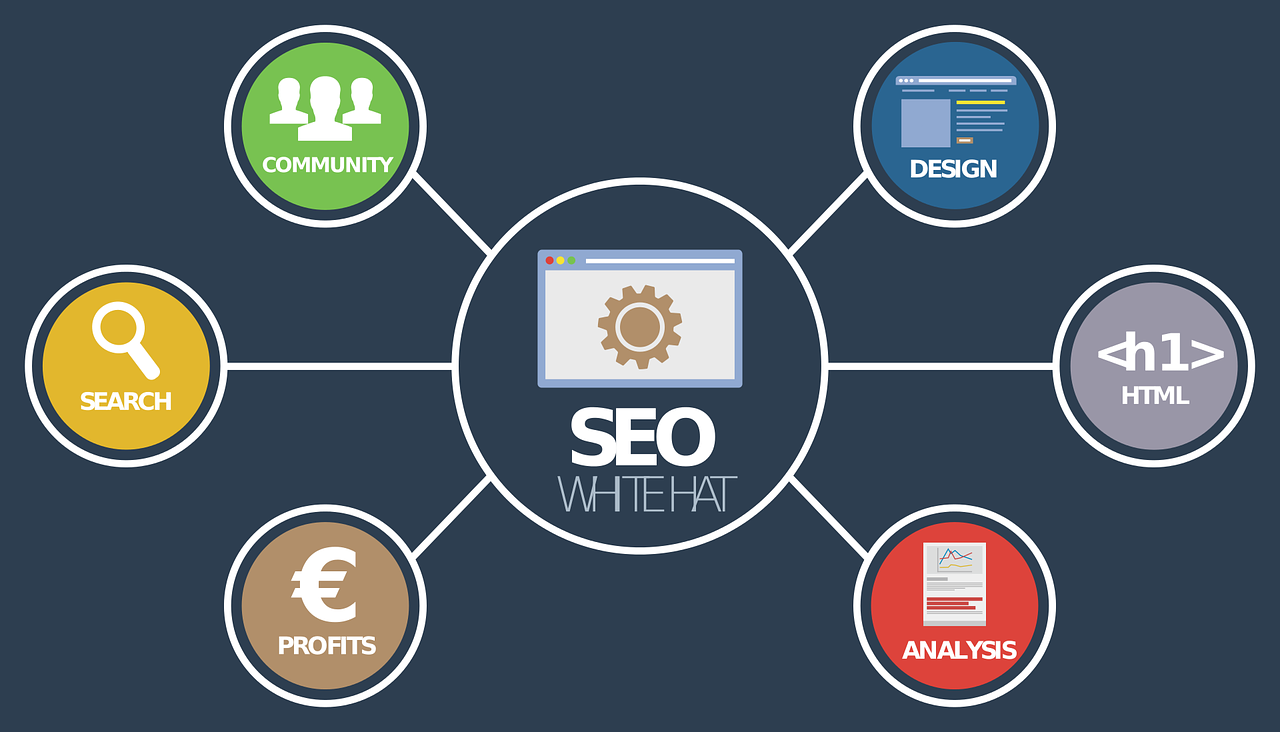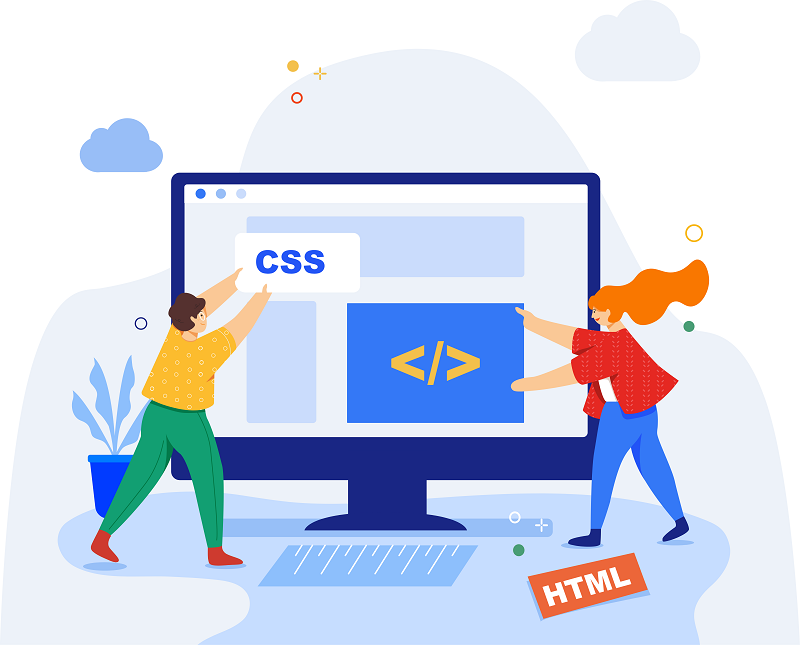
September 20, 2022, 0 Comments
10 On-Page SEO Tactics to Combat Google’s Latest Updates 2022
Google’s latest updates to its search algorithm, known as the “Mobilegeddon,” may have caused a significant ranking decline for some websites. As such, it is more important than ever to make sure you are optimizing your site for the major factors. The following on-page SEO tactics can help you take advantage of Google’s Mobile-First indexing and keep your rankings at their peak.
Update your site’s content: Create a mobile version of your site, if you haven’t already done so, and update your content with SEO best practices in mind.

Use a responsive design: Make sure that your site is responsive, so that it will adjust to various screen sizes and browsers while also being optimized for speed and accessibility.
Create mobile-friendly navigation: Make sure that the navigation on your website is easy to use from a mobile device – or create one specifically for this purpose.
Increase page load time: Speed up the load time of each page on your site by removing heavy images.
Introduction
Google’s new mobile index, Mobilegeddon, has caused a significant ranking decline for some websites. As such, it is more important than ever to make sure you are optimizing your site for the major factors. The following on-page SEO tactics can help you take advantage of Google’s Mobile-First indexing and keep your rankings at their peak.
Update your site content
The first step to take after Google’s Mobilegeddon is to make sure your site content is up-to-date. In other words, create a mobile version of your website and update the content with SEO best practices in mind.

The Mobilegeddon update caused a significant ranking decline for some websites
Google’s latest updates to its search algorithm, known as the “Mobilegeddon,” may have caused a significant ranking decline for some websites. As such, it is more important than ever to make sure you are optimizing your site for the major factors. The following on-page SEO tactics can help you take advantage of Google’s Mobile-First indexing and keep your rankings at their peak.
Update your site’s content: Create a mobile version of your site, if you haven’t already done so, and update your content with SEO best practices in mind.
Use a responsive design: Make sure that your site is responsive, so that it will adjust to various screen sizes and browsers while also being optimized for speed and accessibility.
Create a mobile-friendly navigation: Make sure that the navigation on your website is easy to use from a mobile device – or create one specifically for this purpose.
Increase page load time: Speed up the load time of each page on your site by removing heavy images from.
Responsive design
Responsive design is the most important aspect of a website. It determines how your site will look on a desktop or laptop screen, a tablet, and a phone. A responsive site will automatically adjust to the size of the device it is being viewed on.

The mobile-friendly navigation
One tactic that is especially important for mobile SEO is the creation of proper navigation for mobile devices.
Create mobile-friendly navigation: Make sure that the navigation on your website is easy to use from a mobile device – or create one specifically for this purpose.
This can be done by editing the navigation bar and removing any links that aren’t necessary on a smaller screen, such as those for shopping carts or notifications. You can also create a separate menu of links exclusively for your mobile users, with links to popular pages like “About Us” and “Contact.”
Page load time
Speed up the load time of each page on your site by removing heavy images from. Heavy images are the culprit for slow loading times so it’s important to take them out. This includes both graphics and videos, which will not run optimally on a mobile device due to limited bandwidth. You can also use Google’s Page Speed Insights tool to find the heaviest images on your site and remove them.
Internal Linking
Internal linking is important for a number of reasons, including ensuring that pages on your site are easy to find and that the site as a whole is easier to navigate. In addition, it can provide SEO benefits by increasing the density of keywords on your site.

Image Optimization
One way to optimize your images is to do so with alt tags. Alt tags are what show up when someone hovers over an image in a browser. They allow people without the ability to see the image – for example, blind users or those using screen readers – to understand what the picture is about.
By including keywords in your alt tags, you can help boost rankings in search engine results pages (SERPs). For example, if you were selling shoes, your alt tag might read “Women’s Shoes – Shopping Online.”
However, not all images need alt tags; it depends on the type of image and its intended use. If you’re using an image purely for decorative purposes or for branding purposes, then it may not need an alt tag.
Structured Data implementation
Structured data can help your site rank better in Google’s search results. Structured data is the structured representation of information that you provide to search engines so that they can better understand your content.
Conclusion
Google has been updating its ranking algorithms to penalize websites that do not provide a mobile-friendly experience. If you’re not yet struggling to keep up with the ever-changing SEO landscape, it’s time to take action. The following ten on-page SEO tactics will help your website adapt to the latest updates and not get penalized by Google.

Recent Comments